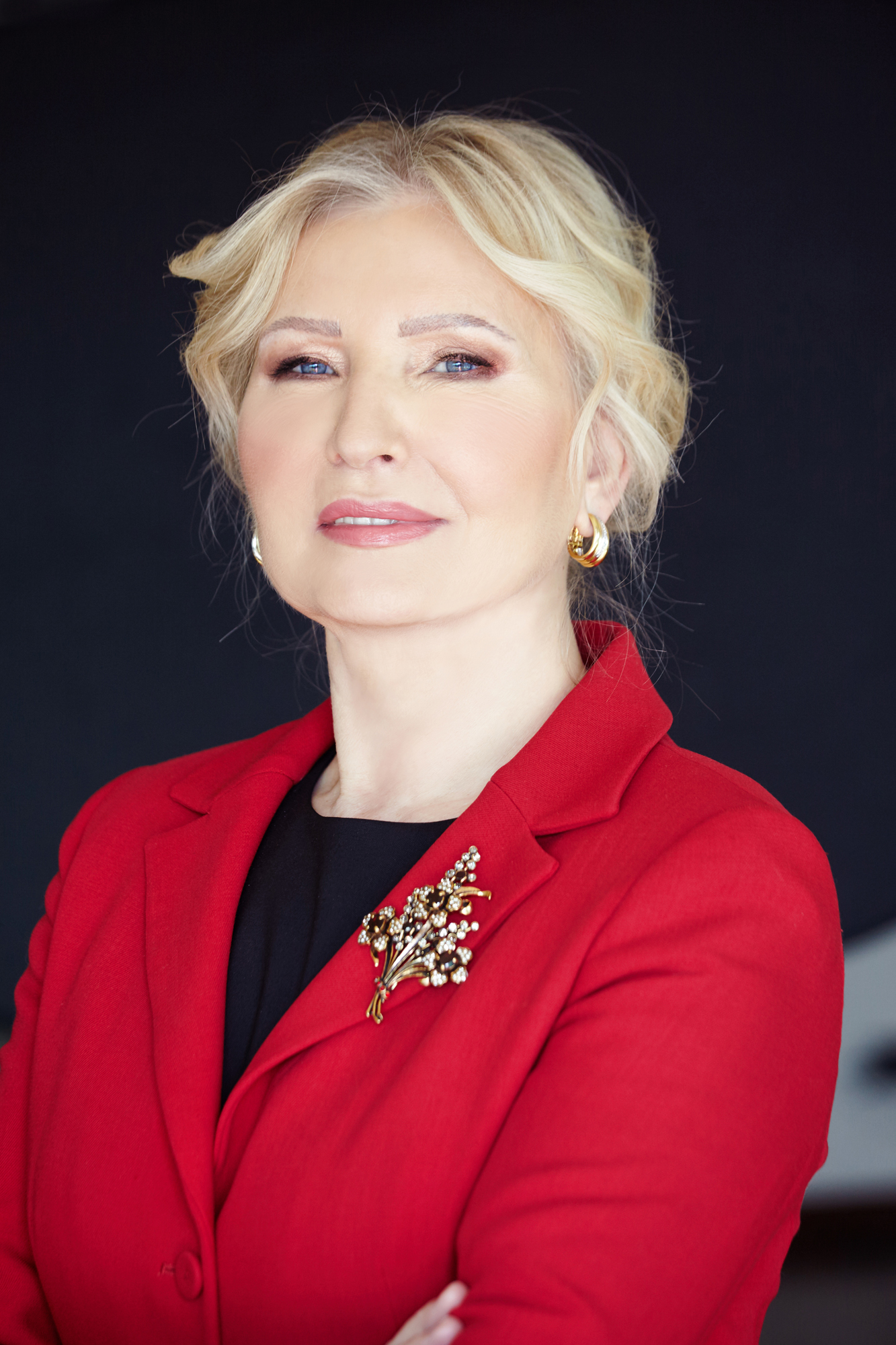Serbia grows reputation as a global business hub
Serbia has weathered recent storms well – but further challenges lie ahead
Unlike other developed European countries, Serbia coped fairly successfully with the challenges posed by Covid-19.
GDP decline in 2020 was among the smallest in Europe and its recovery to pre-crisis levels was reached in the first quarter of 2021.
In the second quarter, the country’s GDP reached its highest rate in 20 years. In addition, Moody’s has upgraded Serbia’s credit rating, showing confidence in the country’s prospects.
This, says Draginja Đurić, Banca Intesa Beograd CEO, is largely thanks to timely and large-scale monetary and fiscal policy measures.
“A greater decline in investment and consumer confidence has been prevented,” she says, “and production capacities, labour force and a favourable macroeconomic outlook have been preserved during the pandemic.”
Serbia’s economic growth owes much to the country’s robust economic structure, underpinned by prolonged fiscal support measures, solid manufacturing momentum and export, strong construction activity and recovery in the services sector.
On the production side, says Đurić, positive growth this year is expected from all sectors apart from agriculture, which is likely to decline due to drought.
At the start of the Covid-19 crisis, Serbia had a stable banking sector with high liquidity, capitalisation and asset quality. The government and the National Bank of Serbia moved fast in response to the pandemic, adopting three comprehensive economic packages in 2020 and 2021 (amounting to around 17.4% of GDP) aimed at supporting households and businesses, preserving jobs and improving the health system.

"A skilled and easily trained workforce has transformed Serbia into a manufacturing hub for global businesses looking to expand." Draginja Đurić - CEO, Intesa Beograd Bank
Banca Intesa Beograd, part of Intesa Sanpaolo Group, has operated successfully in Serbia for more than 16 years. With 151 branches in nearly 100 cities, the bank has been at the forefront of the market for the past 14 years and has been awarded the accolade of Best Bank in Serbia by The Banker, Euromoney and Global Finance magazines.
As the largest bank and lender in the country, Banca Intesa has been actively involved in the state-guaranteed lending programme, placing more than €400m so far. “Loans from the state's guarantee scheme have proven to be important in terms of overcoming liquidity problems and preserving the overall stability of the economic system,” says Đurić.
There are still barriers to growth, however. Health is a key issue, with a slower-than-expected vaccination rate and the ongoing effects of potential containment measures.
Growth also depends on the recovery of the Eurozone generally, says Đurić: “Uncertainty over the duration and intensity of imbalances in global commodity markets, supply shortages and disruptions are producing inflationary effects all around the world – and Serbia will not be immune to it.”
Nonetheless, Serbia has made significant progress in structural problem areas. Investment levels have been lower than the EU average – and it is still mostly directed into low-productivity sectors. Đurić says: “While Serbia accounts for around 60% of FDI investments in the Western Balkans region, their impact on GDP growth and productivity is moderated by their high import intensity and still-limited linkages with local suppliers.”
She says the country still needs to address some of the key constraints to investment-driven growth. This can be done by increasing the transparency and predictability of regulations that affect businesses, improving contract enforcement, and levelling the playing field for all economic actors.
In this, the efficiency of public spending is very important, Đurić says, “as well as prioritising those expenditures that can support the recovery and stronger, more resilient growth in the longer run”.
For those doing business in the country, Serbia has become one of the leading investment destinations in the South-east Europe region. Its strategic geographic position – with easy access across Europe – favourable tax rates and generous incentive schemes, as well as duty-free exports, provide opportunities to a market of almost 1bn people.
Moreover, the prices of electricity, gas, postal services, landline telephony and maintenance of motor vehicles are the lowest among 37 European countries: “A skilled and easily trained workforce has transformed the country into a manufacturing hub for global businesses looking to expand,” says Đurić.
Banca Intesa recognised the importance of digitalisation more than a decade ago, and was the first bank in Serbia to launch a mobile app, which has more than 400,000 users today.
The focus is now on further digitalisation, improvement of the user experience, and introduction of an ESG business platform, in line with Intesa Sanpaolo Group’s strategic plan.
18.02.2022



